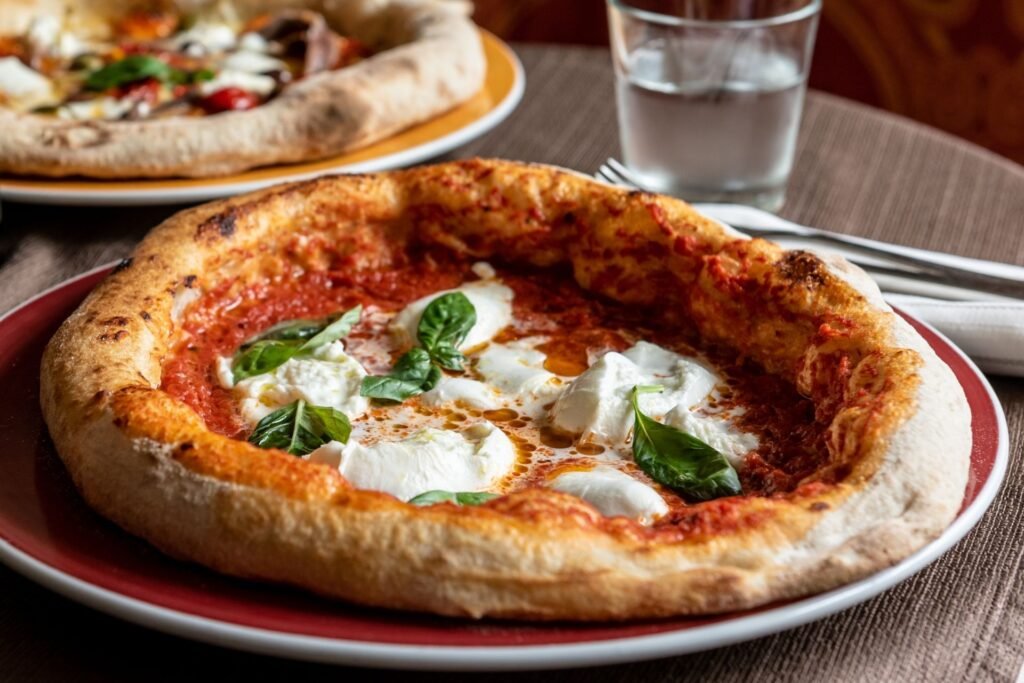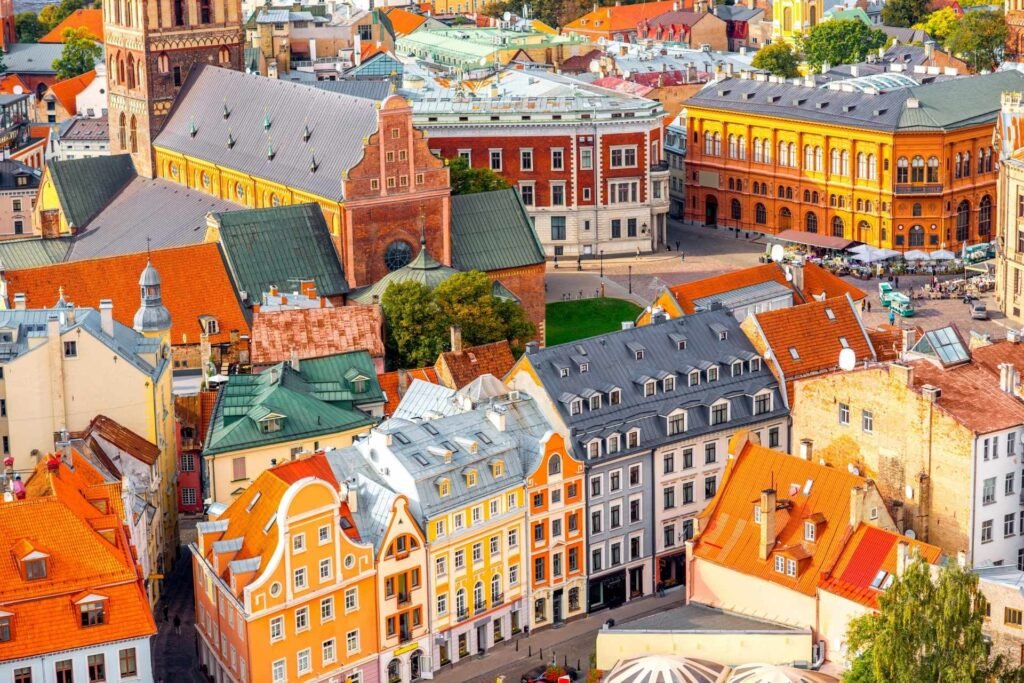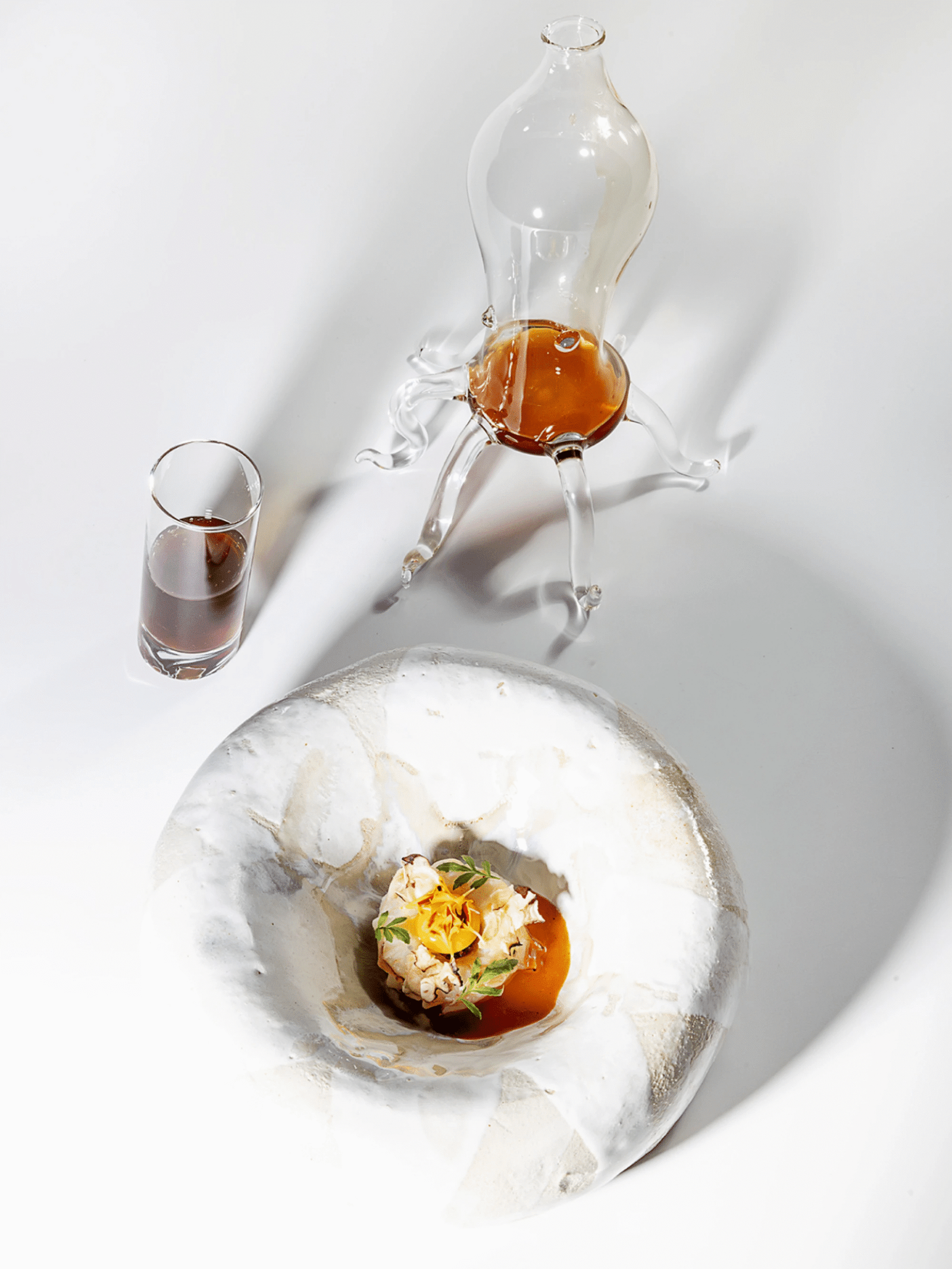Wander, Eat, Repeat! Urban Getaways across Europe
Picture this: you’re standing at the edge of a cobblestone square, the golden hour light painting centuries-old facades in warm hues, while the intoxicating aroma of freshly baked bread and local spices drifts from a nearby bistro. This is the magic that awaits in Europe’s urban landscapes – where every corner tells a story and every meal becomes a memory.
The continent’s cities offer something that no other destination can match: the perfect marriage of history and modernity, tradition and innovation, all wrapped up in easily digestible weekend packages. Whether you’re a culture vulture, a food enthusiast, or someone who simply craves the energy of urban exploration, getaways in Europe promise experiences that linger long after you’ve returned home.
The Art of the European City Break
European cities have mastered the art of the short getaway. Unlike destinations that require weeks to truly appreciate, these urban gems can be savored in a weekend, yet leave you planning your return visit before you’ve even left. The secret lies in their compact nature – most historic centers are perfectly walkable, with layers of culture, cuisine, and character packed into areas you can explore on foot.
What makes these destinations particularly appealing is their accessibility. Recent research shows that cities like Valencia and Kraków are beating popular tourist hotspots to be crowned the best city break destinations in Europe, receiving full five-star ratings for their cultural sights and food and drink. This shift toward lesser-known gems reflects a growing appreciation for authentic experiences over crowded tourist traps.

Culinary Adventures That Define Cities
Food isn’t just sustenance in European cities – it’s the thread that weaves together culture, history, and daily life. The rise of food tourism has transformed how we experience urban destinations, turning every meal into an opportunity for cultural immersion.
Food tours and cooking classes have become a big deal all over Europe, with most food tours lasting about three hours, including a mile of walking, and featuring four to eight stops. This approach allows travelers to discover neighborhoods they might otherwise overlook while tasting the authentic flavors that define each destination.
Take Vienna, for instance, where the city serves as a meat lover’s paradise, with Würstelstand (traditional sausage stands) on pretty much every corner, selling everything from hot dogs to Austrian street food favorites like Leberkäse and Käsekrainer. These street food experiences offer glimpses into daily life that no museum can provide.
The food scene in European cities reflects their evolution and diversity. In London’s East End, the culinary landscape has exploded with innovation, while cities like Naples continue to perfect traditions that have been passed down through generations. The city that invented pizza still serves it with the lightest, thinnest bases you’ll ever taste, alongside a thriving street food scene featuring frittatina and cuoppo – a paper cone filled with fried seafood, vegetables, and arancini.
Venice offers a perfect example of how food culture adapts to place. Beyond the Michelin-starred restaurants like Quadri and Il Ridotto, the real magic happens in the bacari – small, typical Venetian osterie scattered throughout the city where locals gather for cicchetti (small plates) and conversation. These intimate spaces offer authentic experiences that connect travelers to the city’s soul.

Hidden Gems and Emerging Destinations
While Paris, Barcelona, and Rome will always hold their charm, Europe’s most exciting urban experiences are increasingly found in cities that haven’t yet been discovered by the masses. These destinations offer the perfect combination of cultural richness, culinary excellence, and authentic local life.
Budapest’s rise as a must-visit urban destination alongside established favorites has been cemented by the arrival of a Time Out Market in spring 2025, coinciding with the city’s status as host to major festivals like Sziget, Kolorádó, and Balaton. The Hungarian capital exemplifies how emerging destinations can offer world-class experiences while maintaining their authentic character.
Riga represents another compelling choice for urban explorers. The Latvian capital combines Art Nouveau architecture with a vibrant cultural scene, all while maintaining proximity to nature that allows visitors to reach beaches and forests within thirty minutes of the city center. This unique blend of urban sophistication and natural beauty creates possibilities for diverse experiences within a single getaway.
The trend toward discovering these lesser-known destinations reflects a broader shift in travel preferences. Modern travelers increasingly seek authentic experiences over Instagram-worthy but overcrowded attractions. They want to eat where locals eat, shop where locals shop, and discover neighborhoods that haven’t been sanitized for tourism.
The Magic of Compact Discovery
European cities excel at offering maximum cultural impact within minimal time frames. Their historic centers, largely preserved from earlier eras, create natural boundaries that make exploration both manageable and rewarding. You can walk from medieval quarters to modern districts, encountering centuries of architectural evolution within a few blocks.
This compactness extends to the dining scene as well. In Barcelona, you can experience the full spectrum of Catalan cuisine within a single neighborhood – from traditional tapas bars that have operated for generations to innovative restaurants pushing culinary boundaries. The city’s food scene reflects its character: deeply rooted in tradition yet constantly evolving.
Florence demonstrates this principle beautifully. The city’s culinary identity emerges through experiences like walking through the Oltrarno district, where traditional artisan workshops share space with contemporary restaurants. Here, you might watch a leather craftsman at work in the morning, then enjoy a lunch featuring locally sourced ingredients prepared using techniques passed down through generations.
The compact nature of these cities also means that transportation becomes part of the experience rather than a necessity. Walking through Prague’s cobblestone streets or along Amsterdam’s canals becomes as memorable as the destinations themselves. Public transportation systems, often architectural marvels in their own right, offer efficient ways to explore while providing glimpses into local life.
Seasonal Rhythms and Urban Pulse
Each European city has its own seasonal personality, offering different experiences throughout the year. Winter transforms northern cities into cozy havens where thermal baths in Budapest or Christmas markets in Vienna create intimate urban experiences. Summer brings outdoor dining culture to life, with Stockholm’s archipelago restaurants and Barcelona’s beach-adjacent tavernas offering al fresco experiences that blend city sophistication with natural beauty.
Spring and autumn often provide the sweet spot for urban exploration – comfortable temperatures, fewer crowds, and cities at their most authentic. These seasons reveal the daily rhythms that define each destination: morning markets in Lyon, afternoon aperitivos in Milan, evening strolls through Berlin’s diverse neighborhoods.
The seasonal variation also influences culinary experiences. Spring brings fresh ingredients to restaurant menus, while autumn harvest seasons create opportunities for food festivals and seasonal specialties. Markets transform throughout the year, offering different insights into local food culture and providing natural gathering points for cultural exchange.
Practical Magic: Making the Most of Short Stays
The art of the European city break lies in strategic planning that maximizes experiences while maintaining spontaneity. The most successful urban getaways combine advance planning for key experiences with flexibility for unexpected discoveries.
Food tours often provide excellent orientation to new cities, combining cultural education with culinary exploration while covering significant ground on foot. These experiences typically occur early in visits, providing context for independent exploration later. Many cities now offer specialized tours focusing on specific neighborhoods or culinary traditions, allowing visitors to dive deep into particular aspects of local culture.
Accommodation choices significantly impact urban experiences. Staying in neighborhoods where locals live and work, rather than tourist-heavy areas, provides authentic insights into daily life. Many European cities offer excellent public transportation that makes it easy to stay in residential areas while maintaining access to major attractions.
The key to successful urban getaways lies in balancing must-see attractions with spontaneous discoveries. While iconic sites deserve their reputations, the most memorable experiences often come from unexpected encounters: stumbling upon a neighborhood festival, discovering a family-run restaurant, or engaging in conversation with local residents.
The Future of Urban Travel
European cities continue evolving to meet changing traveler expectations while preserving their unique characters. Sustainability initiatives are transforming urban landscapes, with pedestrian-friendly zones, local food movements, and eco-conscious hospitality options becoming standard features.
The rise of neighborhood-focused tourism represents a significant shift from traditional sightseeing models. Cities are developing strategies to distribute tourism benefits more broadly while reducing pressure on historic centers. This approach creates opportunities for travelers to experience authentic local life while contributing to community economies.
Technology integration is enhancing urban experiences without diminishing their human elements. Mobile apps provide real-time information about local events, transportation options, and dining recommendations, while digital payment systems streamline transactions. However, the most successful implementations maintain the personal connections that make travel memorable.
Final Thoughts
The magic of European urban getaways lies not in checking items off lists but in allowing cities to reveal themselves gradually. Each destination offers layers of experience that unfold through wandering, eating, and engaging with local culture. Whether you’re drawn to the thermal baths of Budapest, the backstreets of Naples, or the markets of Barcelona, Europe’s cities provide perfect laboratories for cultural immersion.
The continent’s urban destinations succeed because they’ve mastered the balance between preservation and evolution. They maintain their historic characters while embracing contemporary life, creating environments where tradition and innovation coexist naturally. This balance makes them ideal for short getaways that provide both relaxation and stimulation.
As you plan your next European adventure, remember that the best urban getaways combine careful planning with openness to serendipity. Choose cities that speak to your interests, book accommodations in neighborhoods where locals live, and leave room in your schedule for unexpected discoveries. Whether you’re seeking culinary adventures, cultural immersion, or simply the pleasure of walking through beautiful spaces, Europe’s cities offer endless possibilities for memorable escapes.
The beauty of these destinations lies in their ability to transform ordinary weekends into extraordinary experiences. They remind us that adventure doesn’t require extreme distances or elaborate planning – sometimes the most profound discoveries happen just a few hours from home, in cities that have spent centuries perfecting the art of urban life.
If you liked this article, check the other ones on Majestic Mondo website. Consider joining the Instagram community as well, to fully enjoy the beauty of our planet.




Leave a Reply